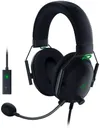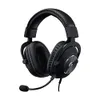Lenovo Legion Go 2 and Asus ROG Ally 2 are coming soon — 5 things I want to see
Time to fix my biggest icks with PC gaming handhelds
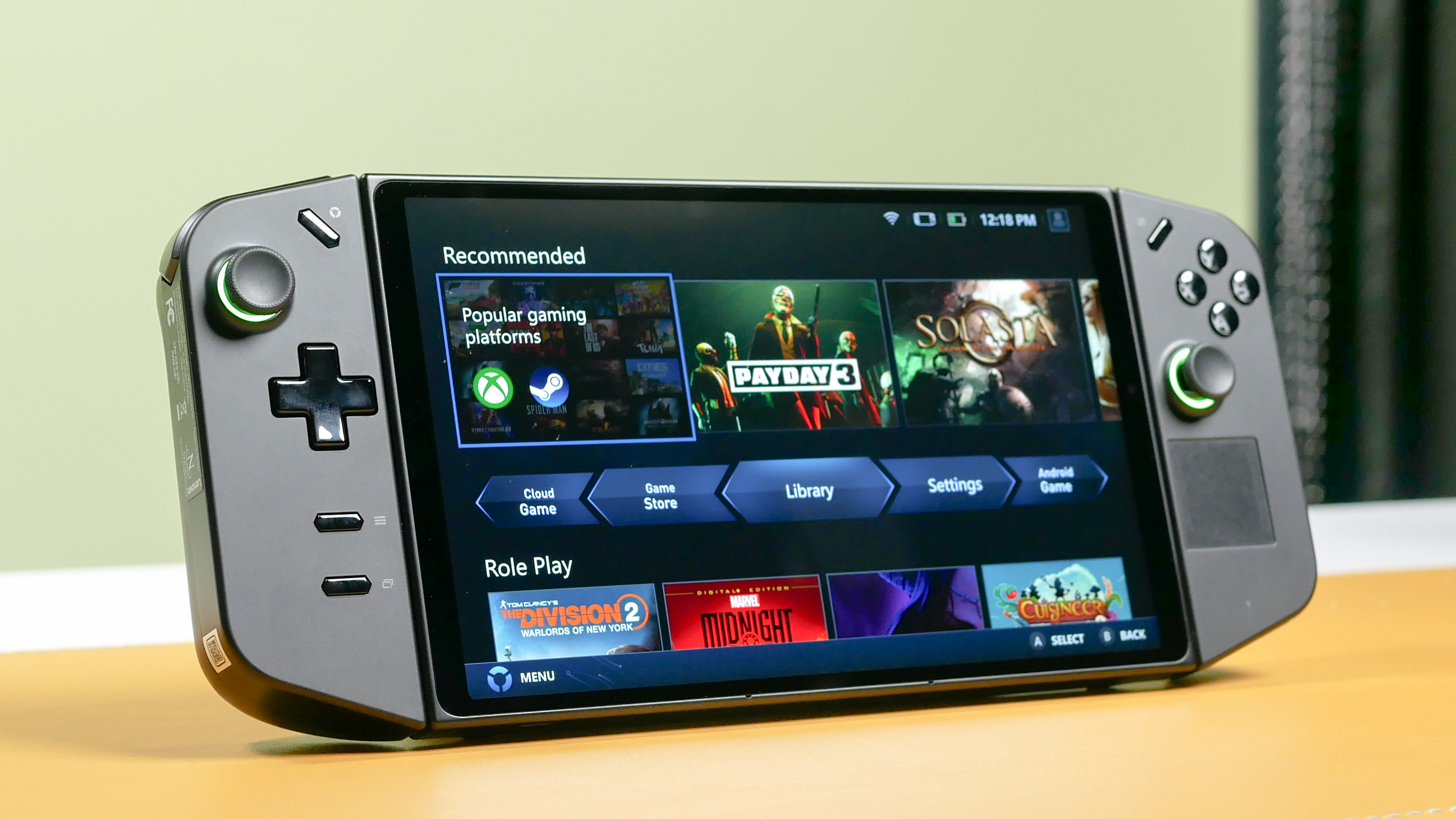
The Lenovo Legion Go 2 is in the works, with the company looking to “provide even more features” than the first handheld, and the Asus ROG Ally 2 could arrive this year. This gives these companies the chance to fix 5 big red flags I have with PC gaming handhelds.
While we loved the first gen Lenovo Legion Go and Asus ROG Ally, there were some key obstacles that stopped them just short of taking on the Steam Deck dominance. So with Asus most likely launching “a second generation handheld this year,” and Lenovo admitting the existence of the Legion Go 2 at Innovate 24, let’s talk about them.
Here are the 5 key things that I want for the next generation handhelds. Oh, and consider AMD Z2 Extreme to be number six. I’d talk about beefing up the APU power with a new chip, but that’s basically a given at this point.
1. Beef up the battery — I don’t care about keeping it thin
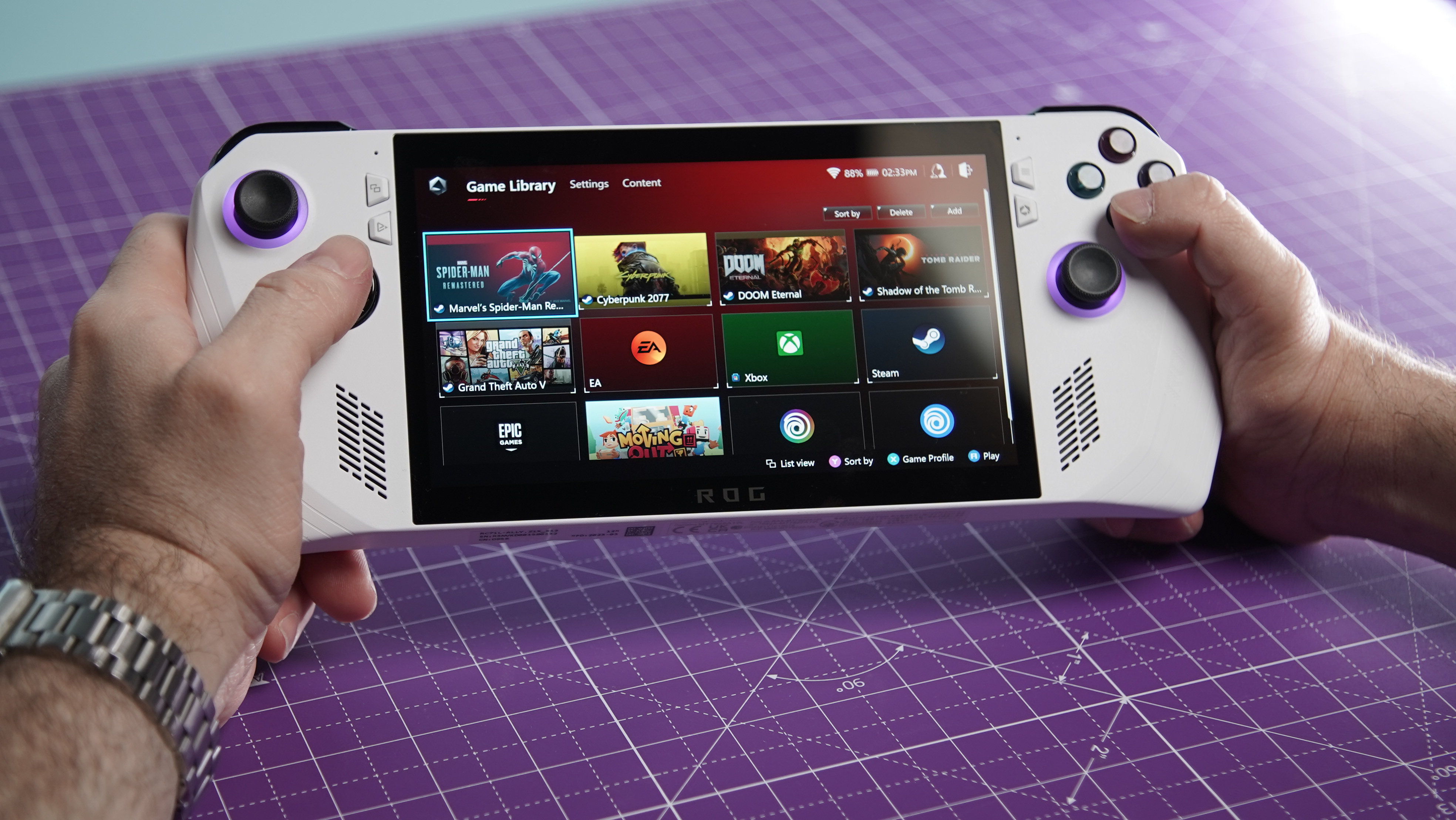
I travel a lot — Costa Rica was my most recent destination (no I’m totally not just bragging about it…). While the nearly two-hour battery life you can expect from PC gaming handhelds is theoretically impressive on paper, given the advanced internals they’re running, this simply isn’t enough when it comes to real-world usage.
We need something closer to 3.5-4 hours battery life, and the main fix to this is simply a bigger cell. I think I speak on behalf of a lot of gamers when I say if you need to add a little more thickness to make that happen. Because sure, you can carry around a portable battery to circumvent some of this, but this is portable gaming. I don’t want to be tethered to a giant battery or the plug outlet — that’s not very portable.
In fact, there’s a 88Wh battery workaround that iFixit has launched for the Asus ROG Ally. People are laughing at how silly this growth on the back of the device, but I’ll be honest, I’m kind of tempted to do this myself for the sake of doubling the stamina.
2. Windows 11 needs to play catch up
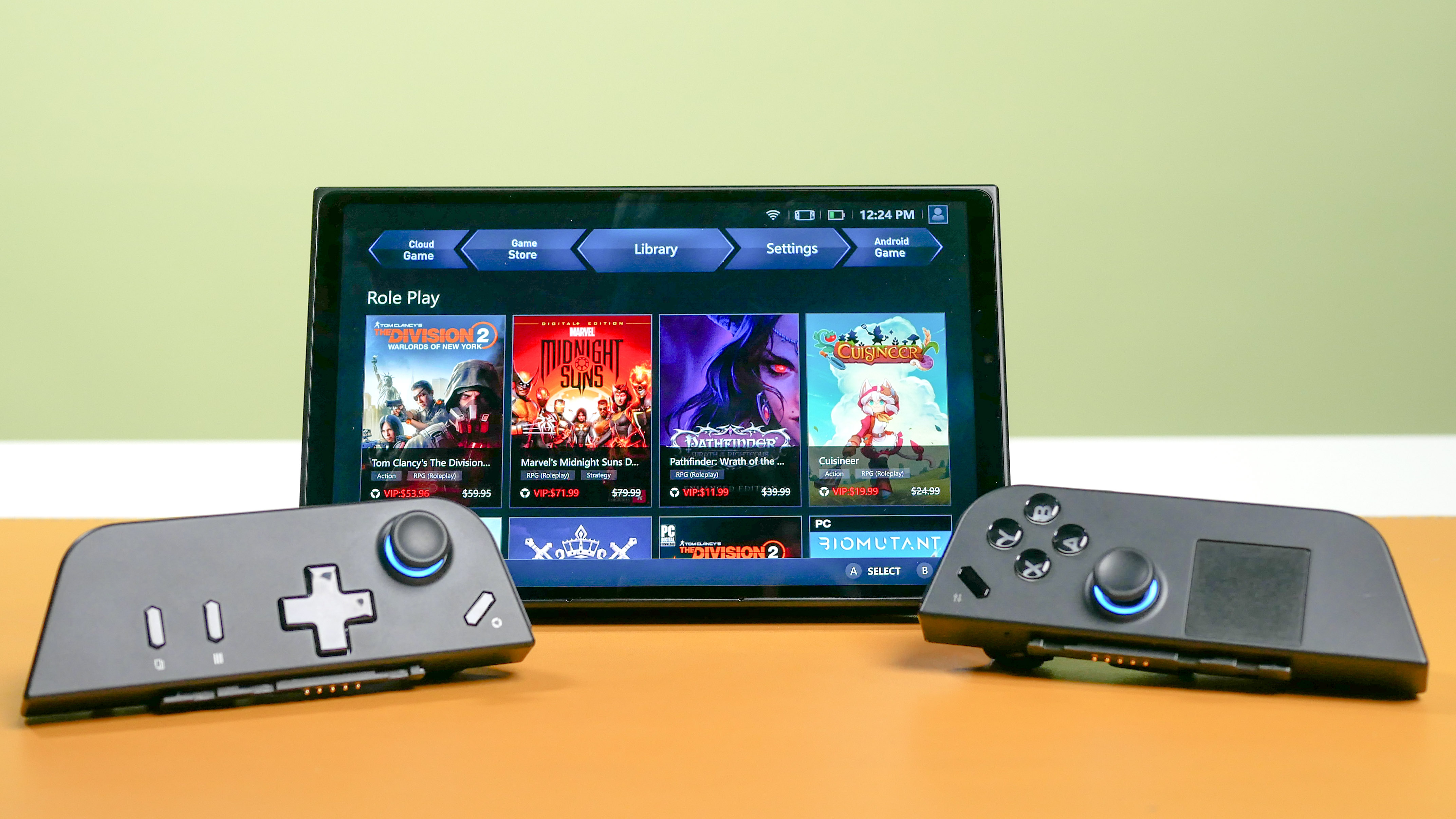
What’s the other big problem that we talk about when it comes to Windows gaming handhelds? Turns out it’s the very thing that gives them their vast game compatibility — Windows. The problem’s so bad, in fact, that I will actively opt for the technologically inferior Steam Deck for its vastly more fluid OS.
Get instant access to breaking news, the hottest reviews, great deals and helpful tips.
I mean come on now. From the very setup, we’re in a world of trouble. Why in the blue hell would I want to redeem a free Microsoft Office 365 subscription on a ruddy gaming handheld!?
Pair that with the Windows desktop on a tiny screen, and no matter what software-based workarounds Asus or Lenovo try, the looming specter that is trying to hit the start button on a small display will haunt your experience. Microsoft needs to work on a gaming handheld-optimized version of Windows 11, and it needs to happen sooner rather than later.
3. Gimme OLED
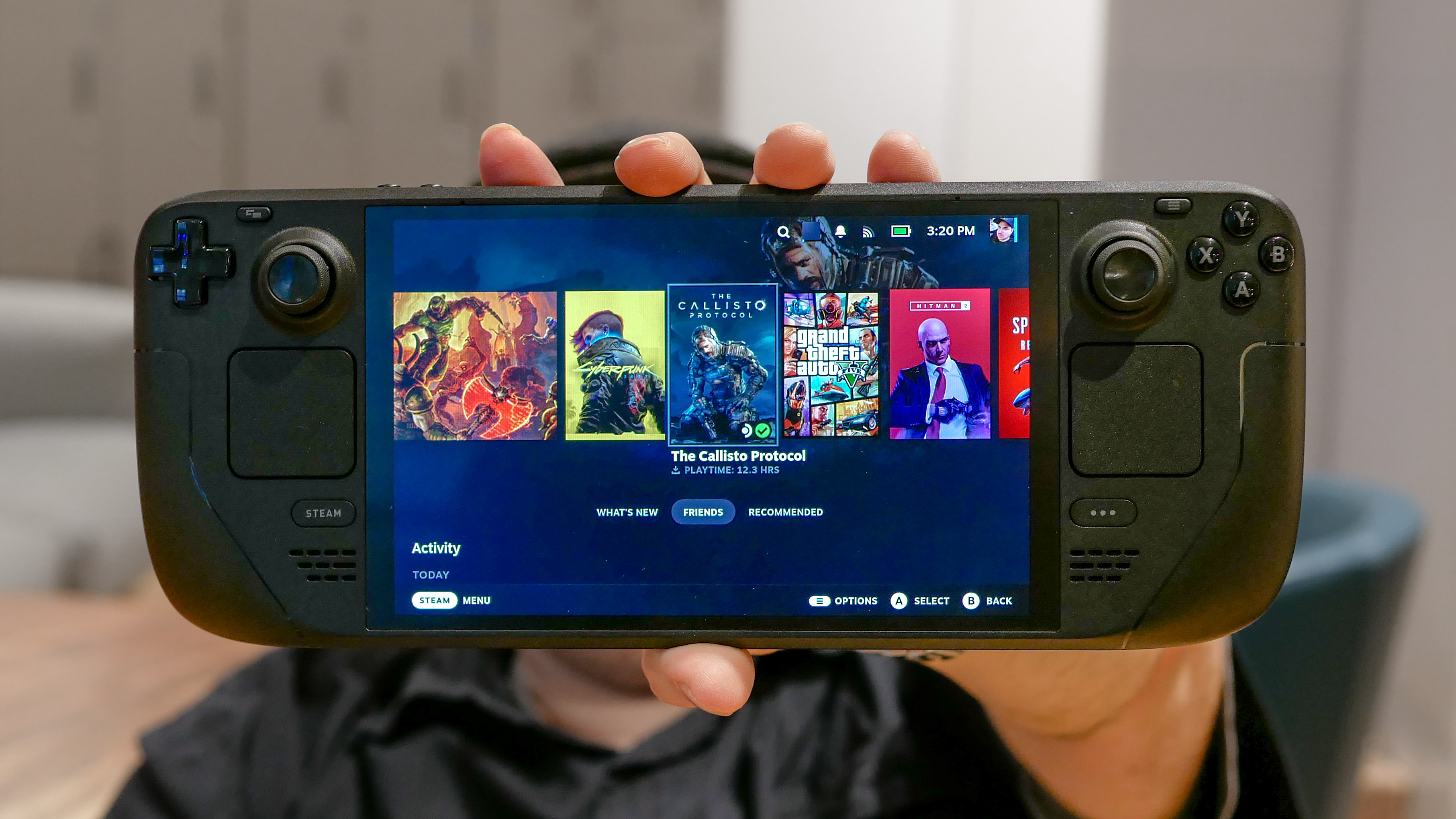
Steam Deck OLED absolutely wowed us, and it’s time for PC gaming handhelds to jump on this train. The color reproduction, jaw-dropping contrast levels and the potential benefits to battery life on offer here make this a no-brainer.
The idea of jumping into the vivid world of Forza Horizon 5 on a screen like this, and experiencing the flash flood of color that is Mexico blurring past you at over 200mph has this car geek simply salivating. It’s time for this transition to happen.
4. Improve the thermal management
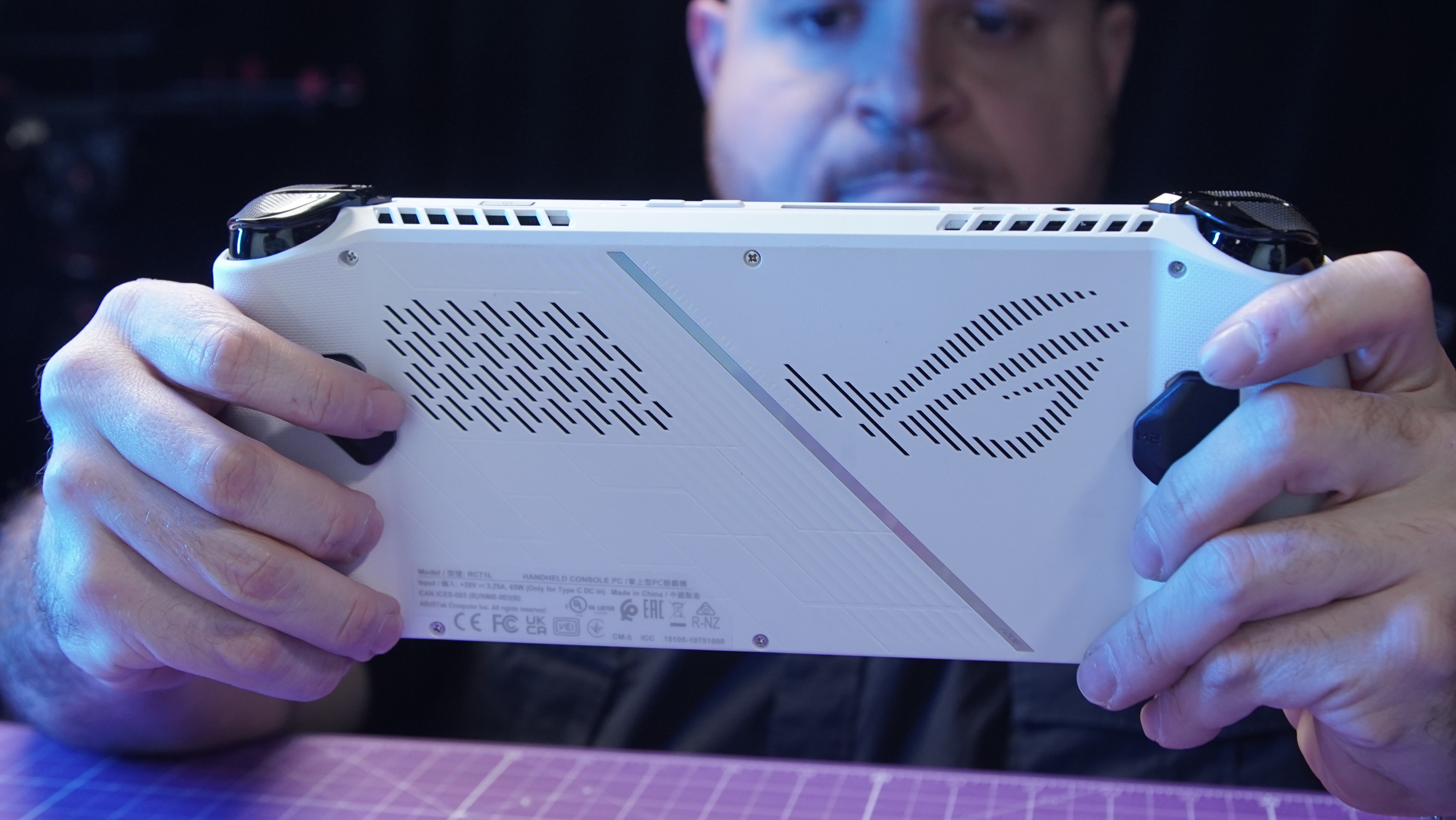
Asus admitted that the first gen ROG Ally has a thermal management problem, our time with Lenovo Legion Go revealed some big hotspots across the back, and even the less-powerful Steam Deck breaks a sweat easily.
Some of this is an inevitability — packing PC-tier internals into something a touch larger than a Nintendo Switch OLED is going to be a technical challenge similar to trying to cool down the surface of the sun.
But the current crop of fan, heat pipe and vapor chamber combinations are not working as intended. I believe the fix is two-fold. First, Asus has gotta Asus and use Liquid Metal. And second, that thinness needs to be sacrificed in favor of more opportunities to keep these systems from running too hot.
5. Please just give us a case
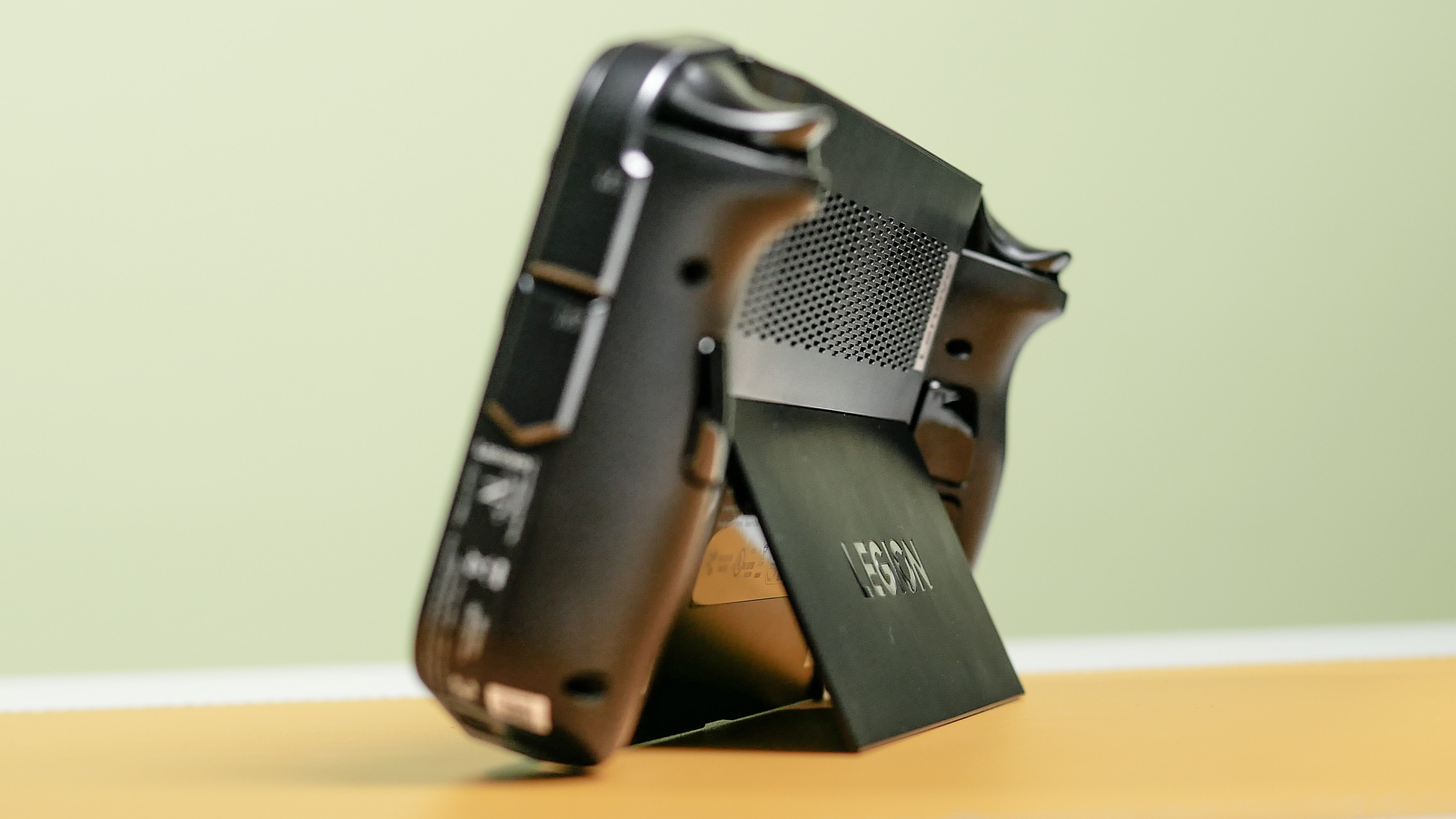
This is probably one of my biggest and easiest frustrations to fix. The rest of them are a little more fundamental to hardware changes, but this is just an example of companies being rather stingy with what they offer.
Come on now! The Steam Deck comes with a case. Given the price of these Windows-armed handhelds and given how clumsy I am when playing on-the-go (something the 2nd gen Backbone One has found the perfect fix for), it’s time for us to expect a case with our PC gaming handhelds as standard!
More from Tom's Guide
- Steam Deck OLED vs Steam Deck LCD: Biggest differences
- I love the Steam Deck but I’m ditching it for Steam Deck OLED
- Expect a long wait for a true Steam Deck 2

Jason brings a decade of tech and gaming journalism experience to his role as a Managing Editor of Computing at Tom's Guide. He has previously written for Laptop Mag, Tom's Hardware, Kotaku, Stuff and BBC Science Focus. In his spare time, you'll find Jason looking for good dogs to pet or thinking about eating pizza if he isn't already.
